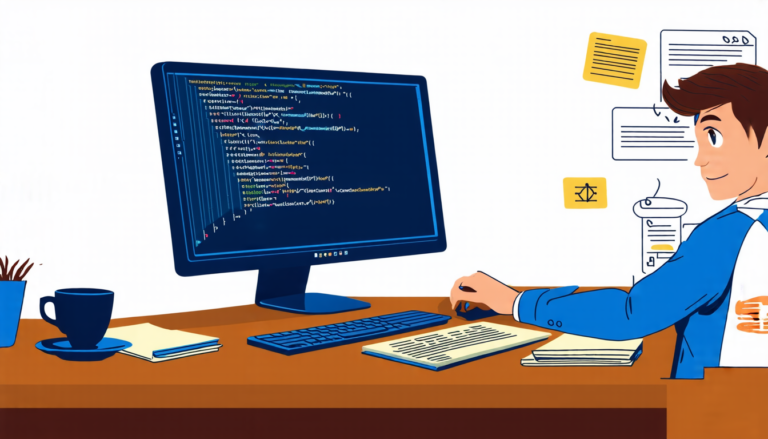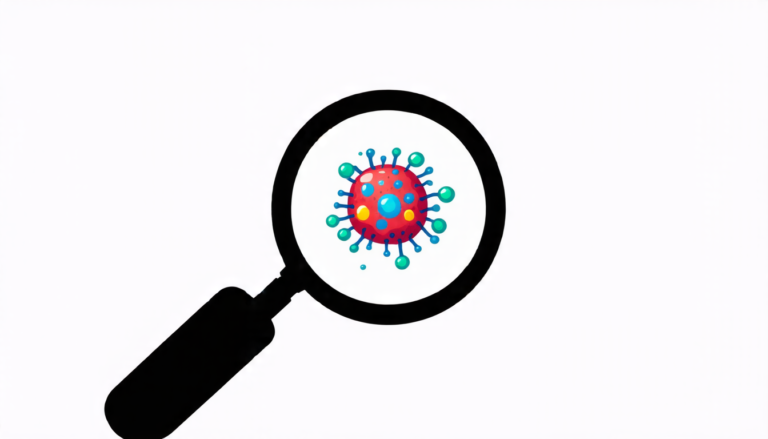Wednesday 16 April 2025
Flow Matching, a technique used in machine learning to generate new data that looks similar to existing data, has just taken a major leap forward. Researchers have successfully applied this method to Lie groups, which are mathematical structures that describe symmetries in space and time.
In the past, Flow Matching has been used primarily with Euclidean spaces, such as images or audio files. However, these types of spaces don’t always capture the nuances of real-world data, like the symmetry of objects in 3D space or the geometry of shapes on a sphere.
The researchers tackled this challenge by developing a new way to flow through Lie groups, which are mathematical structures that describe symmetries in space and time. This allows them to generate new data that preserves these symmetries, making it more realistic and useful for applications like computer vision and robotics.
One of the key insights behind this breakthrough is the concept of exponential curves. These curves are used to connect two points in a Lie group, creating a smooth and continuous flow between them. By using these curves, the researchers were able to define a conditional vector field that can be integrated to produce the desired flow.
The team tested their method on several different Lie groups, including the special Euclidean group (SE(2)), which describes planar transformations like rotations and translations. They also used it on the special orthogonal group (SO(3)), which describes 3D rotations. In each case, they were able to generate new data that preserved the symmetries of the underlying Lie group.
The implications of this research are significant. For example, in computer vision, Flow Matching could be used to create more realistic and diverse datasets for training machine learning models. This could lead to better performance and more accurate results in applications like object recognition and tracking.
In robotics, Flow Matching could be used to generate new trajectories that respect the symmetries of a robot’s motion. This could help robots move more efficiently and safely through complex environments.
The researchers’ work is not only an important step forward for machine learning, but also a testament to the power of mathematical abstraction in solving real-world problems.
In the future, the team plans to continue exploring the potential of Flow Matching on Lie groups, with applications in areas like medical imaging and data compression. As this technology advances, we can expect to see even more innovative uses emerge, further blurring the lines between mathematics, computer science, and engineering.
Cite this article: “Unlocking Geometry: Flow Matching on Lie Groups for Generative Modeling”, The Science Archive, 2025.
Machine Learning, Flow Matching, Lie Groups, Symmetries, Space-Time, Euclidean Spaces, Computer Vision, Robotics, Exponential Curves, Vector Fields
Reference: Finn M. Sherry, Bart M. N. Smets, “Flow Matching on Lie Groups” (2025).







